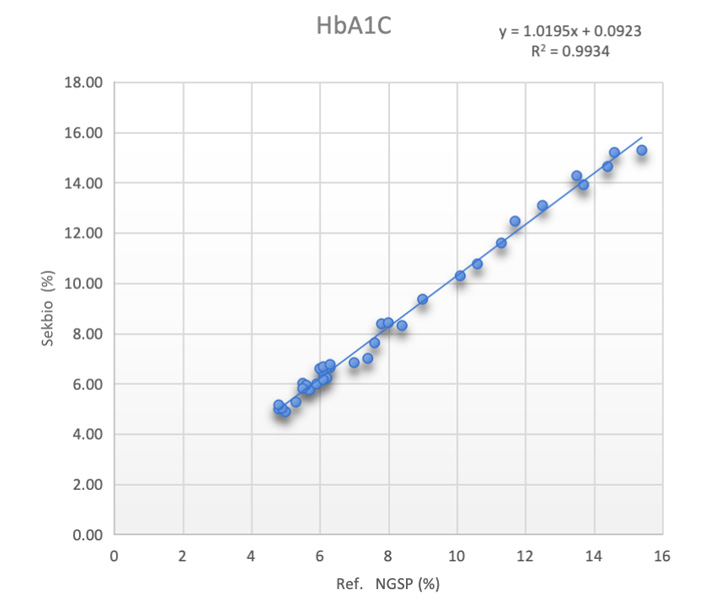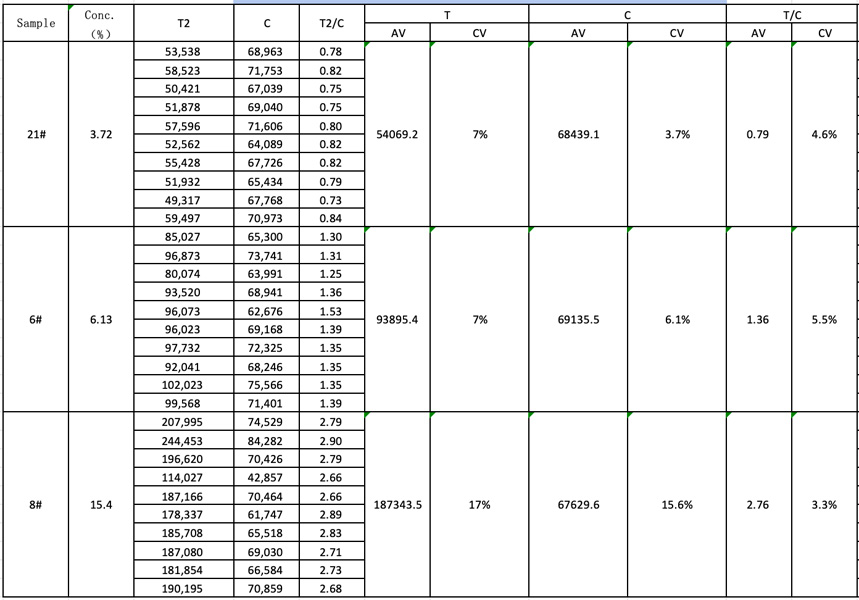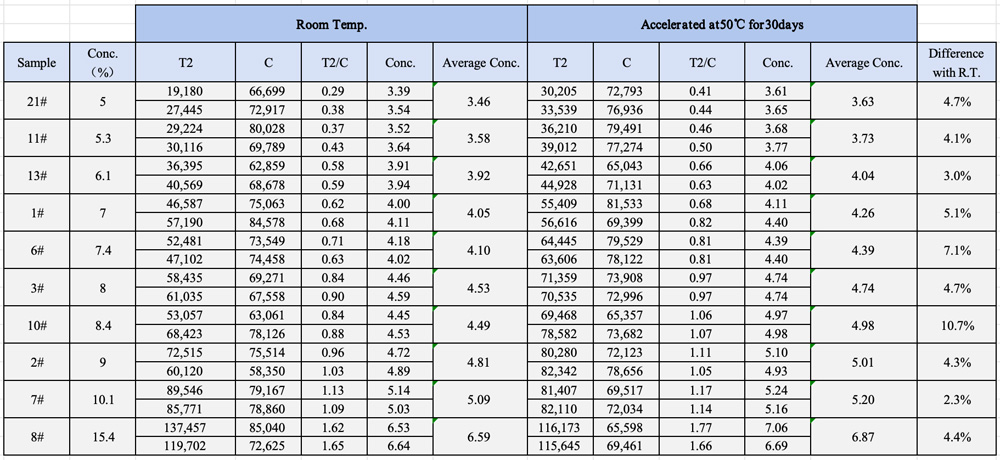HbA1C
Introduction
HbA1c stands for hemoglobin A1C, which is a blood test that measures a person’s average blood sugar levels over the past 3 months. It is also sometimes called an A1C test.
The HbA1c FIA test quantifies the percentage of hemoglobin bound to glucose in the bloodstream. Hemoglobin, a protein present in red blood cells responsible for oxygen transport, becomes glycated over time when blood sugar levels are elevated. This glycation process involves glucose molecules attaching to hemoglobin, forming what is known as Glycosylated Hemoglobin (HbA1c).
Glycosylated hemoglobin, or HbA1c, is a stable product resulting from the prolonged interaction of glucose in the blood with red blood cell hemoglobin. Due to its slow degradation process, it remains unaffected by temporary spikes in blood sugar. This unique property imparts special diagnostic significance to HbA1c, especially in cases of significant blood sugar fluctuations.
The concentration of glycosylated hemoglobin in whole blood serves as a reflective measure of the average blood glucose levels over the preceding 8-12 weeks. This provides valuable insights into the body's glucose metabolism, the efficacy of diabetes control, and holds crucial clinical significance. HbA1c plays a pivotal role in clinical diagnosis, screening, assessing chronic complications, and guiding medication adjustments for individuals with diabetes mellitus.
Method comparison

Repeatability

Accelerated Stability


- Cardiac Markers
-
Tumor Marker
-
PGII
-
G17
- CA50
-
CA125
- CA242
-
CA15-3
- CA19-9
- CA72-4
-
Pepsinogens I (PGI)
-
Human Epididymis 4 (HE4)
- Prostate-Specific Antigen (PSA)
- Squamous Cell Carcinoma (SCC)
- Neuron-Specific Enolase (NSE)
- Cytokeratin 19 Fragment (CYFRA21-1)
- Human Progastrin-releasing Peptide (ProGRP Tumor Marker)
- Protein Induced by Vitamin K Absence or Antagonist-II (PIVKA II Tumor Marker)
- Alpha-fetoprotein(AFP)
-
CEA
-
Human Chitinase 3-like 1
-
PGII
- Inflammatory Marker
- Infectious Disease
- Hormones
- Thyroid Function
- Glucose Metabolism
- Bone Marker
- Others
-
Heterophilic Blocking Reagent
- Animal Diagnostics

















